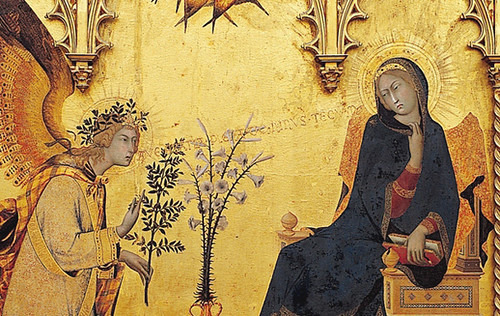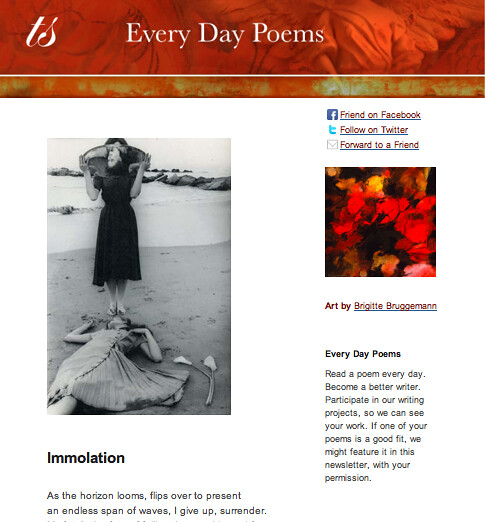In a book my son likes, The Holy Monks of Mt. Athos, each page depicts a different facet of the Athonite life. “High above the deep blue sea / upon a mountaintop in Greece…” it begins, and from there, in lovely impressionistic images, it ranges from food-gathering to craftwork to other liturgies of work and prayer.
His favorite is the scene at table, with Rublev’s angels of the Trinity overlooking the Trapeza, where the abbot oversees a feast of fish and daily bread (but no ouzo, alas). But the book has a flaw. It’s on the page of “Still other Holy Monks / draw and paint the Holy Icons.” Maybe you see the problem: icons, of course, are not drawn. They are not painted. An icon is written.
Yeah, I know: it’s a kid’s book, but it’s a surprising error for a book that credits a theological advisor, especially considering the centrality of the iconographic tradition to the monks’ Orthodox faith. A monk will insist an icon is not art, at least not in any conventional sense. To say that an icon is written is to say the icon writer seeks fidelity to a received image, to the icon’s prototype, to the saint whose image is revealed and present. The icon writer listens, which is why one fasts and prays, and does not draw and paint, when making an icon.
The Annunciation, the visitation of the angel Gabriel to the Virgin Mary celebrated on March 25th, is often misremembered in the popular imagination. The scene is not, in fact, an announcement. There are no trumpets, no commands, no decrees. The angel’s mission is not a typical angelic mission: to rescue, to do mischief, or to deliver a message. It is, simply, to ask a question: Will you receive this thing? The angel’s intentions are unknown, yet this young girl must respond, to intuit best how to answer the one, maybe the only, true question: Will you receive this thing?

Every angel terrifies, Rilke reminds us, and one is poorly served to imagine angels as Hallmark does, without their swords. They are neither friendly nor safe. Jewish tradition holds that Gabriel led the slaughter of Sennacherib’s army (Herodotus claims field mice were to blame. Take your pick.). Death itself is figured as an angel, and the Angel of Death, according to sacred texts, has 903 options when it comes to offing us. Only a lucky few escape this life by divine kiss.
Rilke also famously said, upon quitting therapy, that he did not want to chase away his demons lest his angels flee him too. The writer cannot be afraid of visitations, must be free to test, to hang out with, to take for a spin, to get to know, the stranger. Because they show up unannounced, the work is to ready yourself for what you are most definitely unprepared to handle. The writer’s practice consists, in part, in this: maintaining a space that permits assent to what arrives.
Post by John Estes, author of Kingdom Come.
___________
Buy a year of Every Day Poems, just $5.99— Read a poem a day, become a better poet. In March we’re exploring the theme Angels.
- Angels: A Writer’s Contingency - March 30, 2012


Kimberlee Conway Ireton says
John,
A kids’ book about Mt. Athos? I need to get that book. 🙂
Your words here about angels and especially your linking together John’s angel-on-the-shoulder and the Annunciation remind me of something Madeleine L’Engle says (in Walking on Water, I think): that every work of art comes to the artist and says, “Here I am. Enflesh me. Give birth to me.” And the artist has the freedom to say yes, as Mary did, or to say no.
Mary was the Word-bearer, but all of us writers can be word-bearers, if only we have the courage to say yes to whatever angel sits on our shoulder and asks us, “Will you enflesh this?” It’s a scary thing, freedom.
Thanks for your thoughtful words. They’ve got me thinking about what that angel might be asking me (eek!)
John Estes says
Hi Kimberlee,
Here’s a link to the book at Eighth Day Books, where it’s on sale this weekend (along with everything else, 15% off): http://eighthdaybooks.com/products/Holy_Monks_of_Mount_Athos-105469-0.html
Thanks for your kind words about the post.